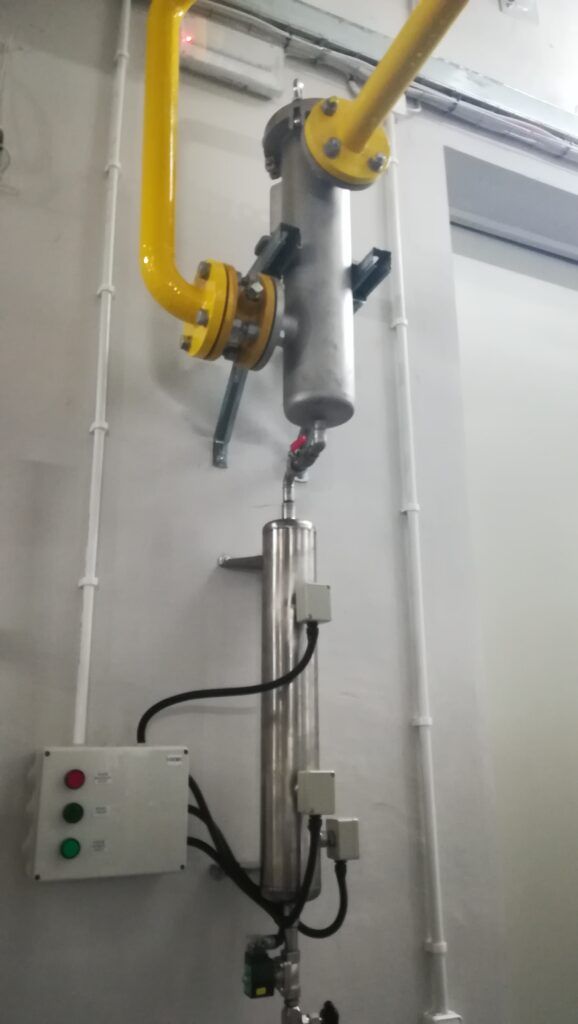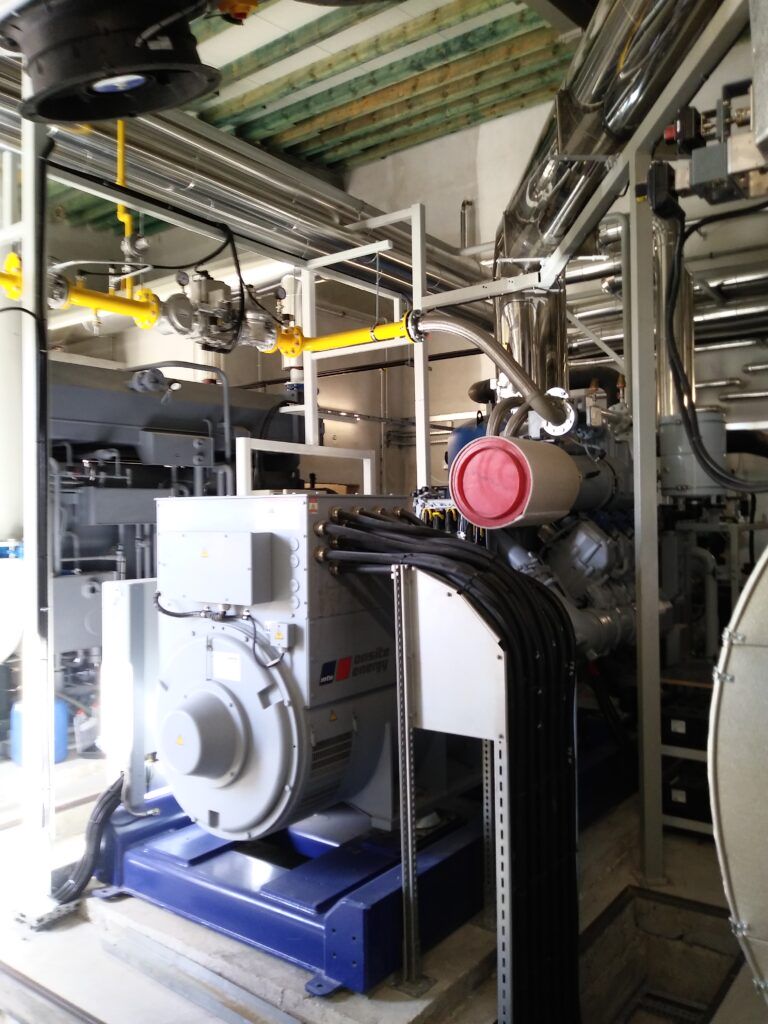LNG – fuel for secure distributed power generation
Ecological, easy to transport and universal – LNG is an abbreviation of the English term “liquefied natural gas” and means liquefied natural gas in liquid form. During liquefaction, its temperature drops to -162 degrees Celsius, as a result of which its volume increases more than 600 times. During this process, it is also cleaned of carbon dioxide, nitrogen, moisture and carbohydrates. It returns to the main volatile state as a result of the regasification process. Regasification stations work without harming the environment and do not consume energy to heat the gas, instead using the heat of the environment. Transportation of LNG to places where traditional gas networks cannot reach is much easier – special road and rail tanks are used.

TEMPORARY, “AUXILIARY” USE OF LNG
In many countries of Europe and the world, LNG is used as part of the diversification of energy sources. It is most often used for heating, as well as in various production processes and in transport. This fuel is used by companies with a very high energy demand, but it also works well as an “Emergency Aid” in case of an interruption of its supply. In the USA and many European countries, this energy source is used, for example, to cover short-term peak demand on gas.
LNG ON A LARGER SCALE
Gaz ten może być też podstawowym źródłem energii dla mieszkańców małych i większych miejscowości oraz zlokalizowanych w nich firm w których brakuje tradycyjnej infrastruktury. Wykorzystywany jest również jako sposób na rozwiązanie problemu tzw. „białych plam” na gazowych mapach – zamiast rozbudowywania tradycyjnych systemów gazociągów. W przypadku dużego zapotrzebowania na LNG w rejonie budowane są lokalne instalacje satelitarne, do których gaz transportowany jest zwiększych obiektów a następnie dystrybuowany pomiędzy mieszkańcami.
APPLICATION OF LNG IN INDUSTRY
Switching from hard coal to this energy source significantly reduces carbon dioxide emissions. LNG can be used as a heating source, to produce steam and process heat, but is also often used for cooling. This is due to the temperature, which in the liquid state is -162 degrees Celsius. An example is its use in the oil refining and petrochemical industry, in particular in installations for the fractionation of hydrocarbon gas at low temperatures. In many countries of the world LNG also used as a fuel for power plants and cogeneration.

A BENEFICIAL CHOICE
It is worth raising the awareness of the availability of LNG-based solutions in our country. Having your own regasification station is very convenient, because it does not need to be connected to a gas pipeline. In addition, it is a secure and insensitive solution to many external threats, which is especially important in today’s uncertain times. The ideal receiver for this fuel are generating sets and cogeneration units. At Horus Energia, we have the necessary experience in the nuances of such installations – adapting the machine and accompanying installations to the specifics of this fuel.
